Place Marketing: How to brand Cities?
- Jul 18, 2020
- 4 min read
A product can be a brand, so can a celebrity. But what about a city – of bustling streets and important landmarks, the culture and the lifestyle, can a city be a brand? Does it need to be?
Let’s ask Paris - which is branded as the ‘City of Love’.
According to a report, over 10 million couples visit Paris every year spending anywhere between 15 to 20 billion dollars. 18% of the salaried class in Paris are dependent on tourism.
And Paris has featured at least 4 times as the No. 1 city in the AnholtGfK City Brands Index since the biennial study began in 2009.
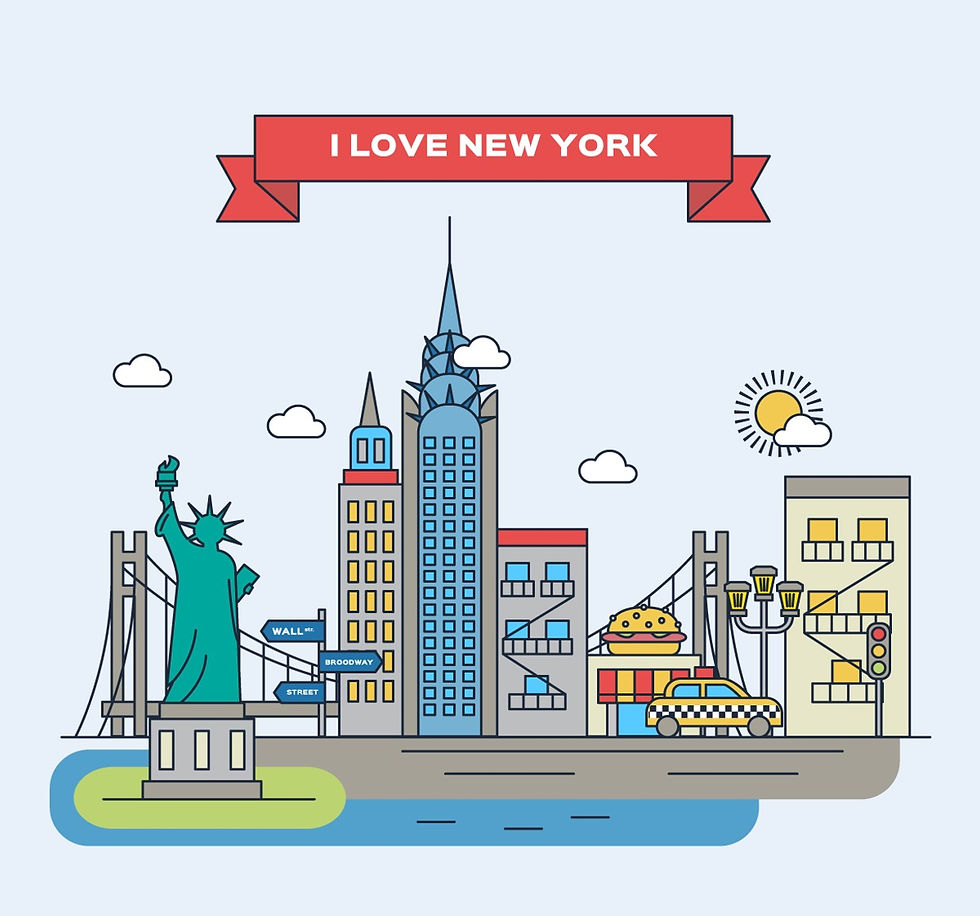
A brand is nothing but a promise to its customers. What can a city promise and to whom?
There can be various reasons why any city would undertake a branding exercise – to boost business, bolster tourism, and attract potential residents. If done correctly, this
The form of ‘place branding’ can yield great dividends in the form of growth and investments for the city.
One of the most famous examples of a city branding campaign done right is the ‘I love NY’ for New York City. It would be hard to believe today, but in 1977 – the city was on the brink of disaster.
It faced total financial insolvency, more than 50000 people were laid off in a single day – from the fire and police departments. New York was a hotbed of crime and a plan was
mooted by the unions to launch a ‘Welcome to Fear City’ campaign.
Serial killers were rampaging the streets and hotel robberies were so common that tourists were always in mortal fear.
“The Big Apple” needed a big makeover. Under the aegis of the commissioner John Dyson & his deputy Bill Doyle, the cash-starved Department of Commerce (DOC) upped the annual tourism budget from $400,000 to $4.4 Million to fund a remarkable and
the bold rebranding exercises the likes of which the city had never seen.
They hired Milton Glaser, the co-founder of New York Magazine to spearhead the campaign. The DOC and Glaser decided to focus on tourism marketing – as they felt that tourism transcended everything, that the city was for everyone – locals and tourists, rich and poor.
In those times, the 4 most powerful words in advertising were ‘new’, ‘improved’, ‘love’ & ‘free’. They decided to go ahead with ‘I love New York’, using 2 of the most powerful words. The logo and the slogan were iconic and easily identifiable. It was one of the most successful campaigns in the USA.
It tripled the tourism revenue from $500 Million in 1976 to $1.6 Billion in 1977. Naturally, the campaign won every marketing award that year. Imitation is the sincerest form of flattery – and many, many cities have since tried to copy New York City’s iconic
logo.
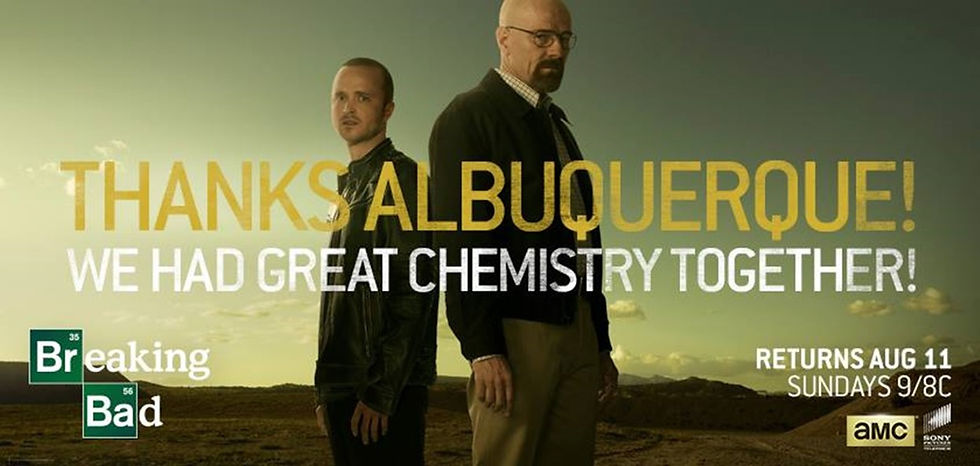
It isn’t the only successful city branding campaign. Various cities – from Albuquerque, New Mexico (based on the success of “Breaking Bad”) to Manchester City (Football), have been able to carve out a niche space in the minds of potential tourists.
A clear vision and well spelled out objectives are needed for every such successful campaign.
Incredible India has had its share of successes in the place marketing exercises. In India, we focus more on ‘State Marketing’ rather than just a particular city as department of tourism is federal in structure – ‘Madhya Pradesh: the heart of Incredible India’, ‘Rajasthan: Padharo Mharo Des’, ‘Karnataka: One state, Many worlds’.
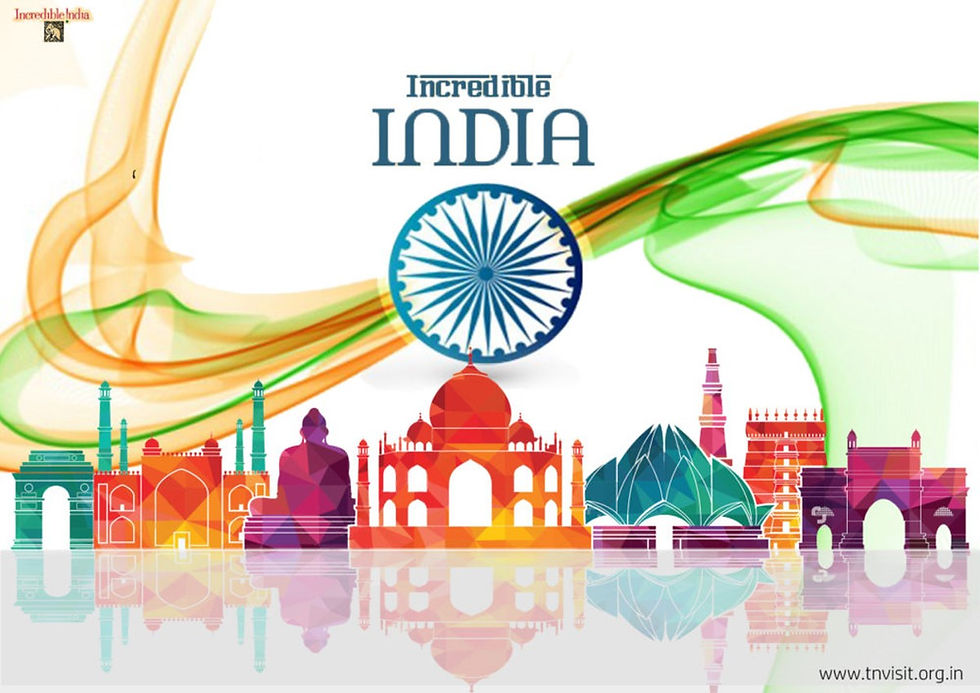
One of the most popular and successful ones is the ‘Vibrant Gujarat Campaign’. It had a clear objective in mind – to attract investments for business, both domestic and foreign. A pet project of Narendra Modi, then Chief Minister of Gujarat, initiated in 2003 – the summit aimed to bring the business leaders, investors, corporations, thought leaders, and policymakers under one umbrella to explore business opportunities in Gujarat.
In its first year, 76 MoUs worth the US $14 billion were signed. Over the years, it grew bigger and bigger with more than 25000 MoUs in recent years. The state claims a success ratio of more than 66% for these deals. ‘Vibrant Gujarat’ has its fair share of detractors and naysayers. Yet it became so popular, that other states from Maharashtra to West Bengal soon followed suit.
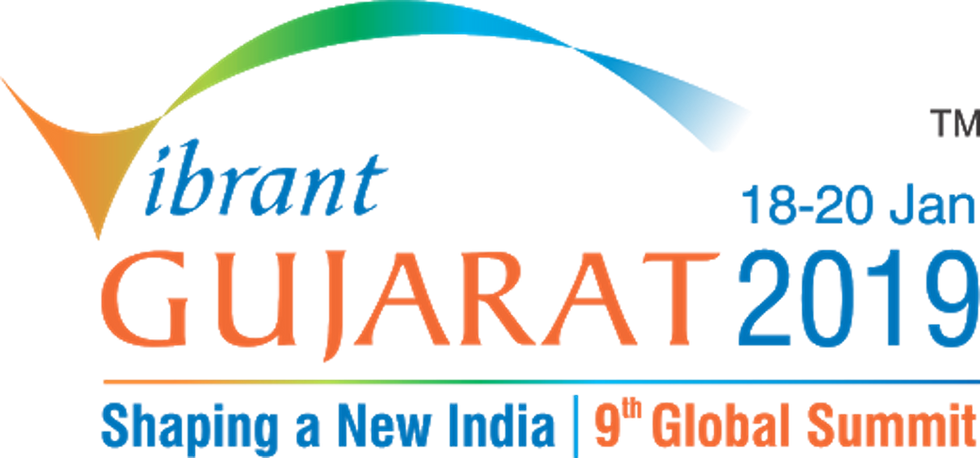
This campaign put Gujarat on the global map, as an important investment hub.
The success isn’t just due to a brilliant campaign. As already mentioned, a brand is a promise. A promise that the product or the service being marketed must deliver. ‘Vibrant Gujarat’ promised ease of doing business. And many would say that the campaign owes its success to it delivering on that front.
PLACE MARKETING IN POST-COVID WORLD
While the horror of Coronavirus continues unabated, tourism has been one of the worst impacted business sectors. The below chart from Financial Times tells the tale of European tourism, how it had plummeted by more than 98% over the previous year. Europe, alone accounts for more than 50% of the global tourism industry.
A very similar situation persists around the world.
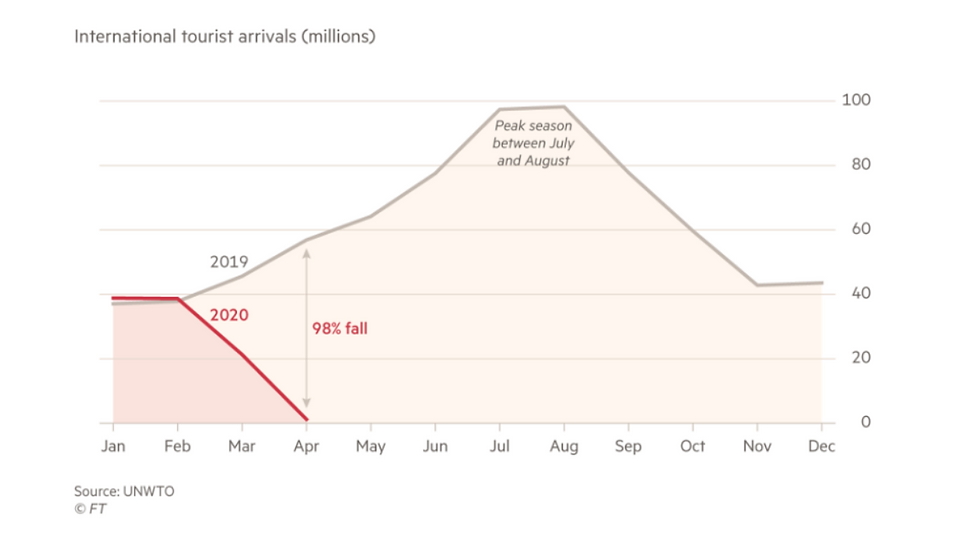
A cautious marketing campaign designed to bolster summer tourism has already been launched by European Travel Commission titled ‘We are Europe’ to present a united front across all its nation-states and to inspire to travel again as the restrictions are
eased.
The campaign aims to hit the sweet spot of FOMO (what we have basically missed during our lockdown days / travel restrictions) and curiosity to explore new worlds, as it tries to draw in tourists who are bogged down by fear and uncertainty.
Club Mahindra has launched a similar campaign ‘Main Phir Aaunga’ with Ayushmann Khurrana as it basically asks us all to rediscover the spirit of travel, of adventure, and of curiosity to see new worlds, within us. We haven’t yet flattened the curve.
But once the situation improves, the states across the country are bound to compete to
regain its lost share of the tourism business hit due to COVID-19. And the state with the best place marketing campaign can stand to gain the most!
Author: Vismay Harani










Comments